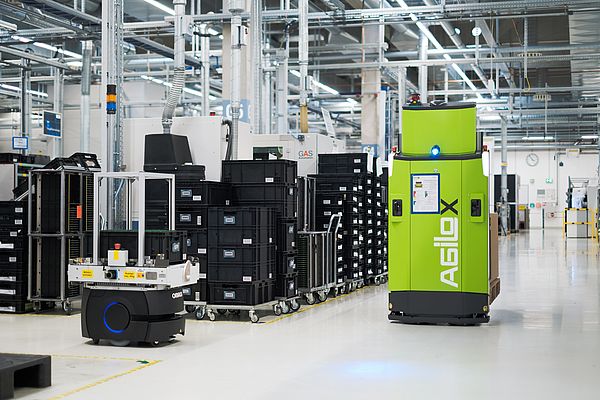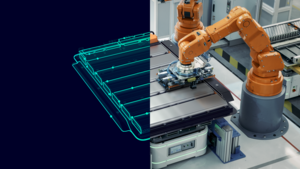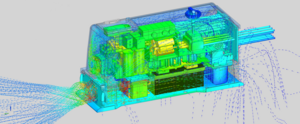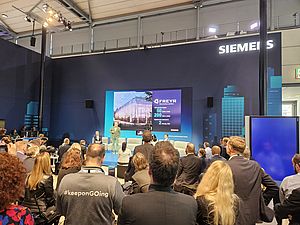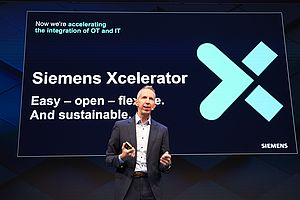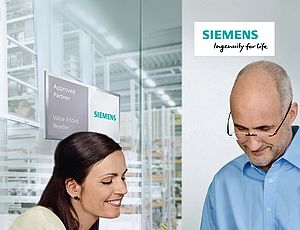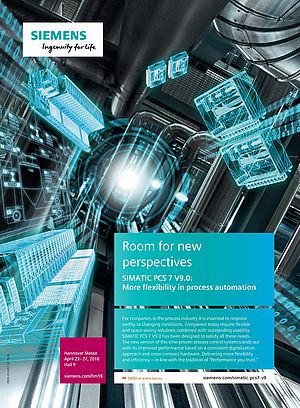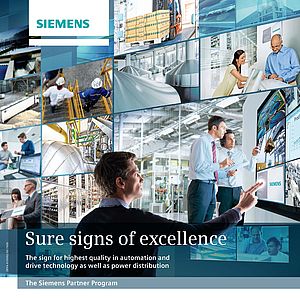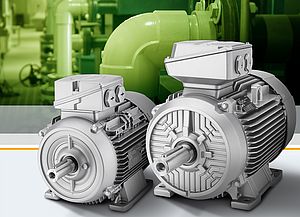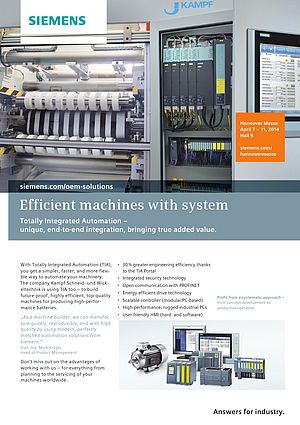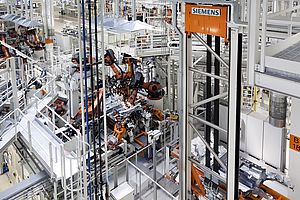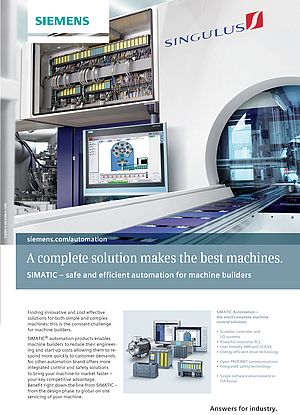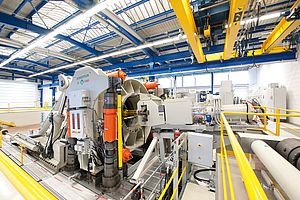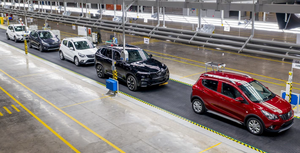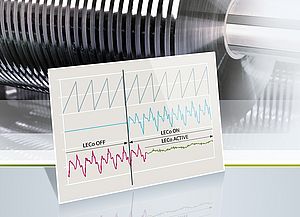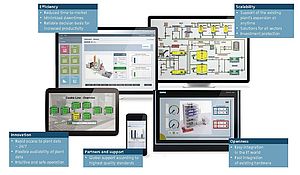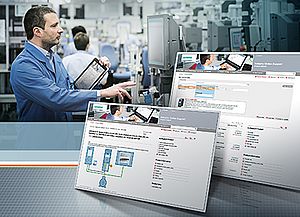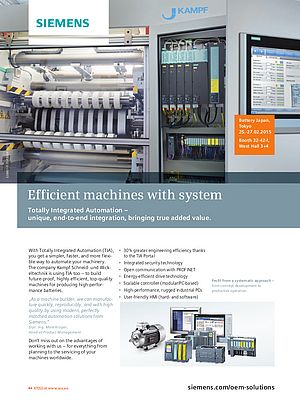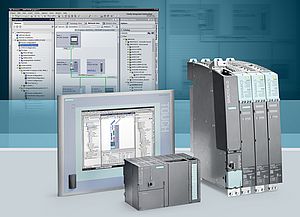The current coronavirus pandemic acts like a magnifying glass on the abilities of companies to move in the VUCA world – also in the manufacturing sector. Demand has changed dramatically overnight, and the supply chains must be reorganized in parts. Many products – from toilet paper to disposable gloves and masks to hair clippers and home office equipment – are suddenly demanded in drastically increased quantities. And here, it is often no longer the actual value proposition of the product that counts, but simply the possibility of scaling up your own supply chain accordingly.
That digitalization makes a significant contribution to this is something we experience every day. The retailer who also runs an online shop enjoys a decisive competitive advantage. And the online shop that reliably displays the availability of every single article is ahead even more.
Focus is on flexibility
More flexibility has been a topic in manufacturing for many years – driven by the increasingly specialized demand from customers. Since there are a few suppliers in many markets who somehow have to differentiate themselves from each other, a “made-to-order” production has long become the standard for many of them. In the old paradigm of assembly line production, resource optimization was the recipe to success. The highest possible level of automation and thus the highest possible output of the same article (which reduces complexity costs) was the principle in the early days of Industry 3.0.
The fact that flexibility is at the forefront today is indicated by many signs in the factories. Instead of an assembly line production, many plants today rely on production islands, where highly trained skilled workers carry out all assembly, testing, and packaging steps on a product. And instead of a narrowly limited product range, many different products can be manufactured, because humans are still far superior to machines when it comes to the mastery of complexity. The material is delivered demand driven by AGVs (automated guided vehicles) or by the employees themselves.
Flexible structures need to be controlled
However, this break-up of fixed links must remain transparent in order to enable the management of these loose structures. A wide database is the foundation of a modern production management system that makes possible the real-time control of the production. Here, the difference between previous concepts and Industrie 4.0 becomes clear. While automation is about the repetitive execution of specific work steps in a consistent and defined quality, digitalization means the reaction to undefined situations for which no standardized response exists. Precisely for example when demand suddenly explodes and new ways of coping with it must be found.
Access to all information
From the perspective of the communication architecture, the role of the classic automation pyramid is changing. The term automation pyramid means a hierarchy of field devices, PLCs, visualization, and control system. All these components also exist in Industry 4.0, but their communication relationships are changing radically. In the classic model, for instance, all sensors were exclusively connected to PLCs that transmitted specific result values – based on the programmed processing logic applied to the measured values – to the next higher layer, e.g., the visualization level. In digitalized manufacturing, however, direct communication relationships between all levels and segments are required. So instead of only sending a workpiece number captured by an RFID reader to the PLC, the data record must now also be transmitted to the factory IT – for example, to develop possible optimizations in the production flow.
Digital connectivity as the basis for agile manufacturing
For the communication model, an architecture is developing which is referred to as “digital connectivity.” From a communication perspective, all devices are assembled into a network, the Industrial Internet of Things (IIoT). But there are many requirements to be met in these networks. Obvious at first are only the high bandwidth and number of nodes. But in such Industrie 4.0 networks as well, availability, confidentiality and protection against attacks, quick configuration, and support for functional safety must be met using suitable technologies, concepts, and components. The existing communication patterns from the automation pyramid (typically small amounts of data, cyclical transmission, especially horizontal communication) are supplemented by data streaming (e.g., camera applications) and vertical communication from sensor to the cloud.
The use of digital connectivity, though, is not an end, but rather serves to network all possible data sources and processing units – not firmly planned in the sense of a meticulously planned automation, but as an infrastructure for new ideas and concepts. An important answer to VUCA is the application of agile principles – also in the factory. So instead of planning new concepts for a long time, a rapid prototype is drawn up and tested in practice, for example, a new software for route optimization in the factory. In case of success, it must be possible to scale and roll out such an idea quickly. However, this can only be achieved if an appropriate communication infrastructure is available – because such prototyping must naturally get by without changes to the machines and the automation.
Problem-solving expertise is required
How can such an architecture be established? In addition to suitable technology suppliers, it is above all the consultation and solution design that lead to success. Siemens offers both: A full spectrum of industrial-grade connectivity products ranging from SIMATIC RFID to Industrial Wireless LAN to the high-performance SCALANCE X-500 backbone switch for the industrial information superhighway, which can be efficiently run by the SINEC NMS network management system. What's more, there is also a specific approach to providing solutions: Over 600 partners from automation and IT together with Siemens experts develop the answer to the special requirements of the customers. Siemens contributes the technological expertise, while the partners as industry specialists accompany the implementation. This ensures that the architecture developed fully meets the requirements – today, and despite VUCA also in the world of tomorrow.
By Markus Weinlaender, Vice President Industrial Connectivity Products at Siemens


